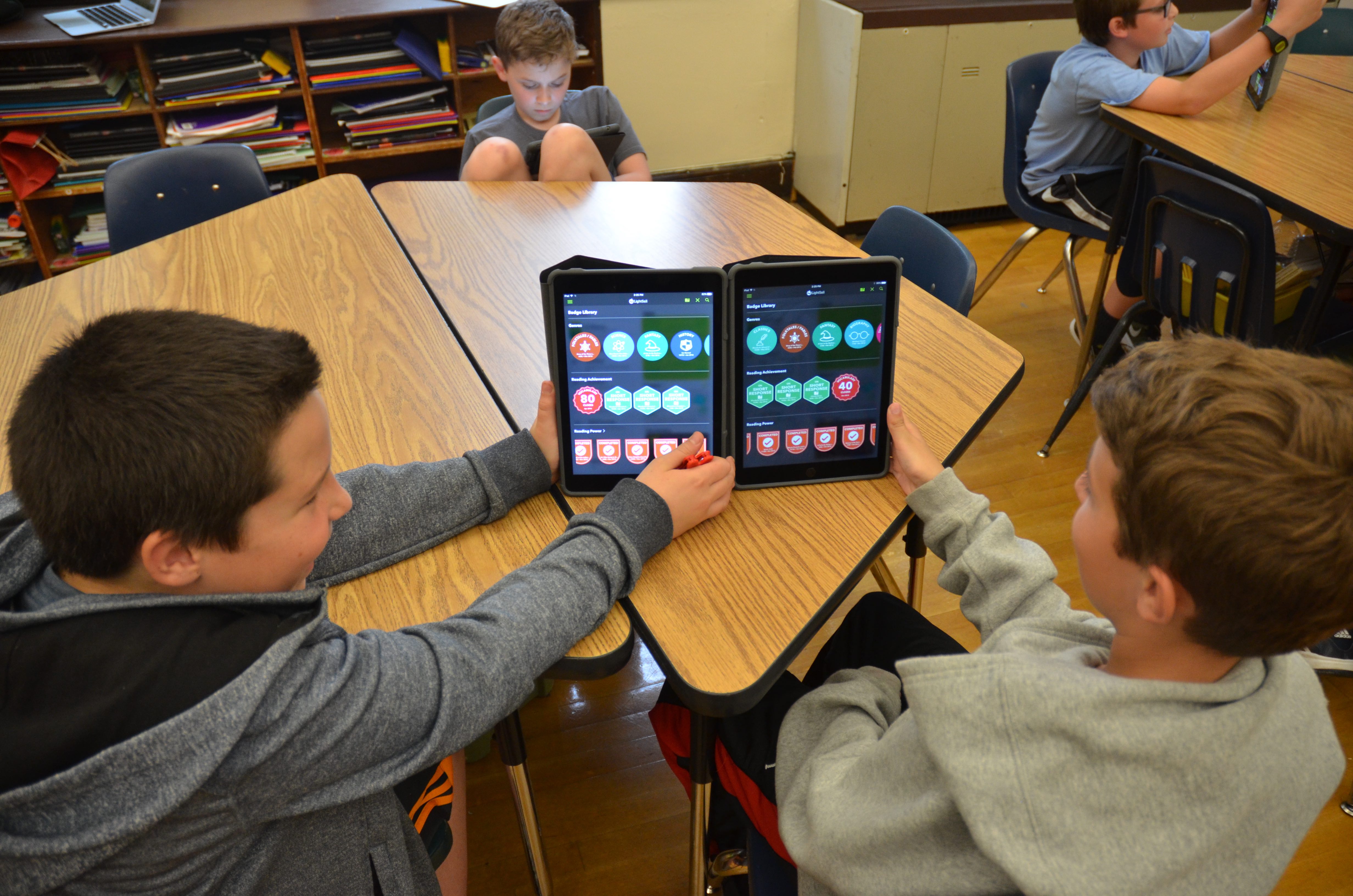The way children learn to read needs an upgrade. The current process for a teacher to determine a child’s reading level can take up to 30 minutes per student. The assessments are highly subjective, and with pressure to move kids through grades quickly, it is estimated that 40 percent of kids are reading at the wrong level. With hundreds or thousands of children in each school, it’s an inefficient and time-consuming process that desperately needs an overhaul.
And this is assuming that the reading level assessments are even conducted. While good schools perform this test several times a year to ensure that their students are improving, some schools don’t even do it at all.
It is estimated that 40 percent of school kids are reading at the wrong level. Tweet This Quote
When Gideon Stein, Founder and CEO of Lightsail, was tasked with turning around failing schools in New Orleans, he saw the damaging effects that little or no reading assessments had on children.
“It was the hardest work I’ve ever done,” he says. “Kids were so challenged and so far behind. Many of them just couldn’t read — nobody on grade level. Without the opportunity to demonstrate that they’ve grown, [low-level readers] are going to languish at the same level. They are going to get bored and turned off of reading.”
Stein wondered what would happen if he could embed the assessments directly into the background of the reading itself, in such a way that it could take a pulse of the reader’s level every few pages. As reader progresses, the system would adapt and grow.
Having founded and successfully exited several tech startups, and having served as Vice Chairman of a network of charter schools in New York, Stein used these complementary experiences to launch Lightsail. Using “adaptive assessment,” the Lightsail platform customizes its library of 6,000 books to fit the reading level of each individual child. Think of it as a Netflix that helps kids learn and love to read.

Students from a school in Naussau County, New York, using Lightsail. Photo from Lightsail.
Lightsail’s special sauce lies in its highly dynamic algorithm that assesses the reading level of each child and tailors the experience to them. Reading levels are determined using the Lexile scale — the gold standard for assessing literacy — which then dictates the types of books in a child’s library. As the child’s reading abilities grow, new book recommendations are made accordingly.
It is the ubiquitous assessment built into the program that keeps children engaged and fosters their love of reading, as opposed to a school’s once-or-twice-yearly reading assessment.
For those who have fallen behind in reading, Lightsail can catch them up to speed at over twice the average learning rate. A study conducted at Johns Hopkins found that kids who read for 30 minutes a day grow at a rate of 2.7 years in a single year. A completely unrelated study by Columbia Teacher’s College had similar findings of two-and-a-half to three years of growth.
Kids who read for 30 minutes a day grow at a rate of 2.7 years in a single year. Tweet This Quote
For Stein, he wants to connect Lightsail to as many kids as possible — a feat he is steadily accomplishing. By selling a licensing fee directly to schools, it is ensured that Lightsail is built into their curriculum. Additionally, buying Lightsail means that the schools own their digital collection in perpetuity.
To date, Lightsail operates in 150 different school districts and concluded last spring with 250,000 students using the platform. The company will also start the fall with its largest deal to date of 100,000 students onboarded in Mexico and Guatemala.
Ultimately, Lightsail seems to have found a solution to a problem that has stumped educators for years. Yet identifying a consistent way to measure learning rates isn’t about standardization, but individualization.
“Not every kid experiences school as something incredibly positive,” Stein says. “So if we can create something that really helps kids to learn quickly, improve the way they feel about themselves, and honor where they are, there’s a lot that we can accomplish.”



